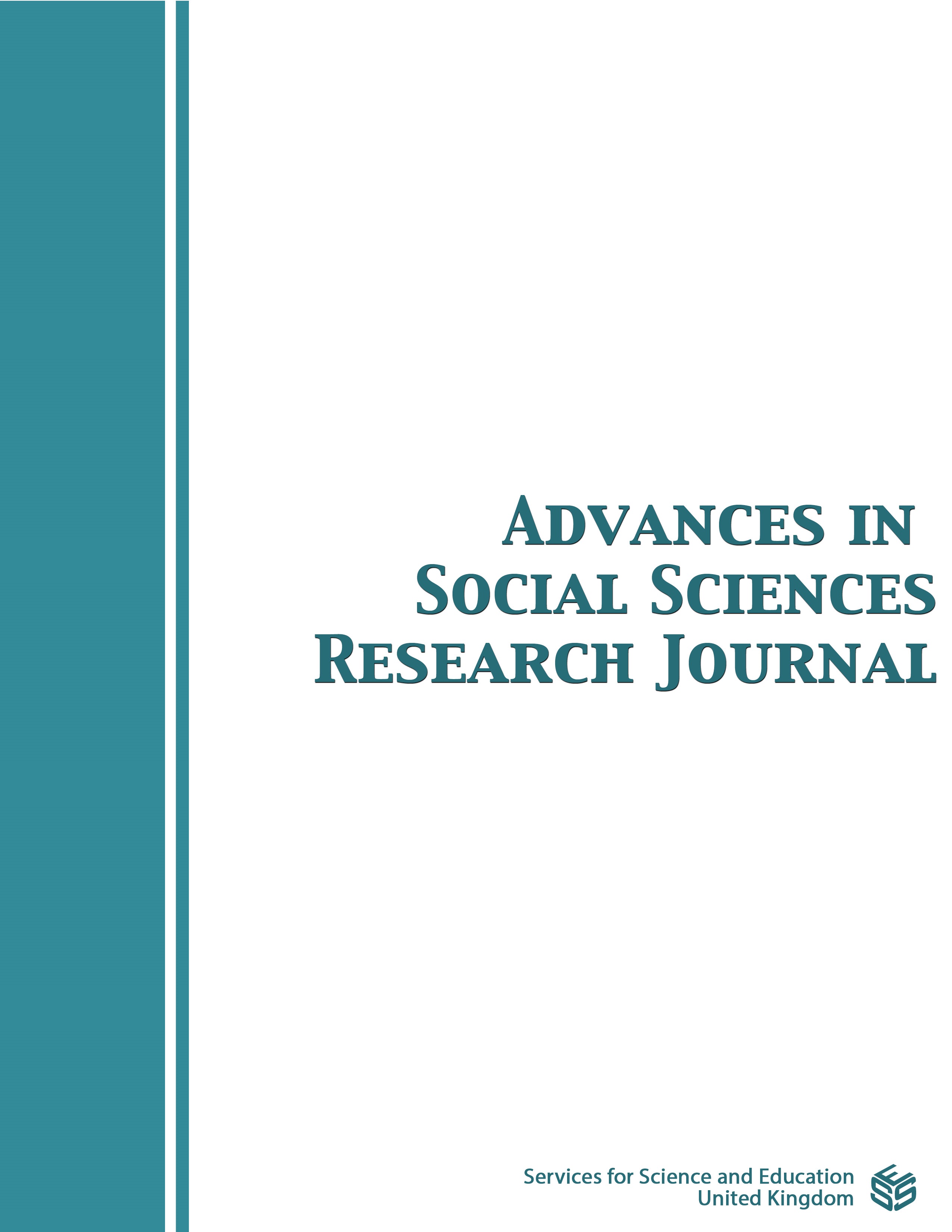Indang Dance as a Traditional Education Media in Padang Pariaman, the Province of West Sumatra, Indonesia
DOI:
https://doi.org/10.14738/assrj.911.13395Keywords:
Indang dance, traditional education, mediaAbstract
This research aims to reveal the educational aspects carried out by Indang tuo and Indang Pariaman dance traditions. This is qualitative descriptive research that uses a textual and contextual approach. Data collection techniques are carried out through observation, in-depth interviews, and document studies. The results of the research showed that The popularity and specificity of the Indang dance are the strengths for the art to remain in demand and favored by the public. Because the movements shown are fast, and dynamic, and use alternating compositions that seem very unique. Indang dance music has two types, namely vocal music or dendang, and rapa'i sounds called darap Indang. Vocal music, apart from having a charming rhythm, also contains poems or rhymes that contain educational values both for Indang children (players) and for the community. The element of education conveyed through singing is loved very much by the community and is considered communicative, because the rhythm of singing or dendang as a medium of expression can raise public feelings. The audience gets a double pleasure, the pleasure of entertainment with the rhythm of singing, and the pleasure of acquiring knowledge for the provision of life.
Downloads
Published
How to Cite
Issue
Section
License
Copyright (c) 2022 Erlinda, La Taena, Ramly, Murni Nia, Asriyani Mulia Basri, Rahmanpiu, Haerun Ana, La Aso

This work is licensed under a Creative Commons Attribution 4.0 International License.
Authors wishing to include figures, tables, or text passages that have already been published elsewhere are required to obtain permission from the copyright owner(s) for both the print and online format and to include evidence that such permission has been granted when submitting their papers. Any material received without such evidence will be assumed to originate from the authors.






